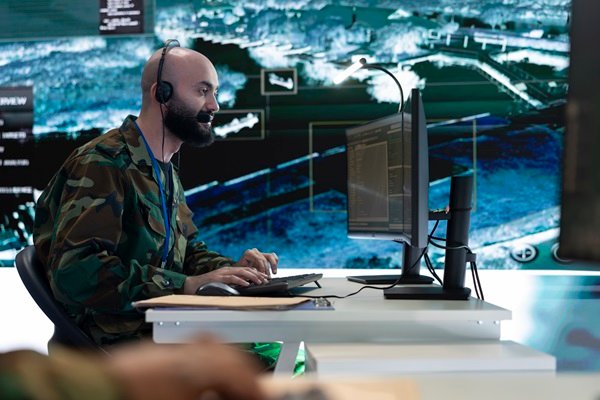
Why You Need Cyber Resilience and Defence in Depth
Published on December 25th, 2024
Introduction
In today’s digital world, cyberattacks are inevitable. No organization is completely immune. Even the best-prepared businesses can face an attack. The key to minimizing damage lies in cyber resilience. This concept not only focuses on security measures but also emphasizes the ability to respond and recover swiftly. Combining ISO 27001 and ISO 22301 can help businesses stay secure and operational, even when the worst happens.
The Importance of Cyber Resilience
Cyber resilience is crucial for ensuring that your business can continue to operate, even during a security incident. Rather than only focusing on preventing breaches, businesses need to plan for recovery and response. Security incidents are a matter of “when,” not “if,” and being prepared for them will minimize downtime and financial losses. Resilience allows companies to manage disruptions without significantly affecting their operations.
Integrating ISO 27001 and ISO 22301 for Comprehensive Protection
ISO 27001 and ISO 22301 are complementary frameworks that strengthen both security and business continuity. ISO 27001 is a standard for managing information security through an Information Security Management System (ISMS). It helps businesses safeguard data and assets from cyber threats. On the other hand, ISO 22301 focuses on business continuity, ensuring that essential functions continue even in the event of a disruption. Together, these standards provide a robust framework to help businesses remain secure and operational, no matter the circumstances.
The Human Element in Security
Humans are often the weakest link in cybersecurity. While security measures are critical, human error can undermine them. Employees may inadvertently create vulnerabilities, such as by clicking on phishing emails or using weak passwords. However, people can also be part of the solution. Training staff, fostering a security-conscious culture, and implementing regular audits are essential steps to mitigate the risk posed by human error. By addressing these issues, businesses can build a more resilient security environment.
Defense in Depth
A Multi-Layered Approach to Security
Single security measures are rarely enough to protect against advanced threats. A layered defense strategy is crucial. This concept, known as defense in depth, involves using multiple security measures to protect your systems. These layers could include encryption, firewalls, and multi-factor authentication. If one layer fails, the others continue to provide protection. Furthermore, integrating ISO 22301’s business continuity strategies ensures that your operations continue running smoothly, even if an attack compromises some of your defenses.
Conclusion
Preparing for Cyber Threats and Building Resilience
Cyber resilience is essential for businesses in today’s digital landscape. It involves preparing for the inevitable, rather than simply preventing attacks. By implementing both ISO 27001 and ISO 22301, organizations can ensure they are well-prepared to handle incidents and recover swiftly. A layered approach to security, combined with a focus on business continuity, helps businesses maintain their operations despite cyber disruptions. By focusing on resilience, organizations can stay secure and minimize the impact of any cyber incident.
